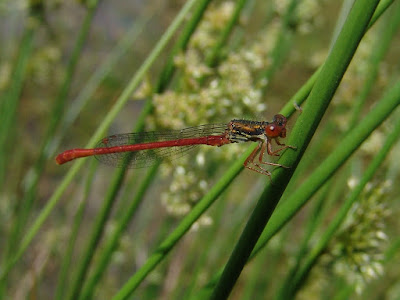Distribuição da Anax imperator
“The known distribution of 36 species of dragonfly in Portugal is extended with 220 records from 50 localities in the north of the country, collected between 2008 and 2009. The new data include information from three Sites of Community Importance of the Natura 2000 network: PTCON0003-Alvão-Marão, PTCON0025-Montemuro and PTCON0021-Rio Sabor e Maçãs; and five protected areas: Serra da Estrela Natural Park, Azibo’s Lagoon Protected Landscape, Alvão Natural Park, Douro International Natural Park and Montesinho Natural Park.”
“The present work aims to contribute to the better definition of Odonata species distributions in northern Portugal, and includes data from areas not prospected in the past, as in the case of the SIC PTCON0025Montemuro, and from species of the Habitats Directive, such as Macromia splendens. All records in this paper were collected by the first two authors between 2006 and 2009 during the weekends or in the course of works of ecological monitoring focussed on other organisms.”































